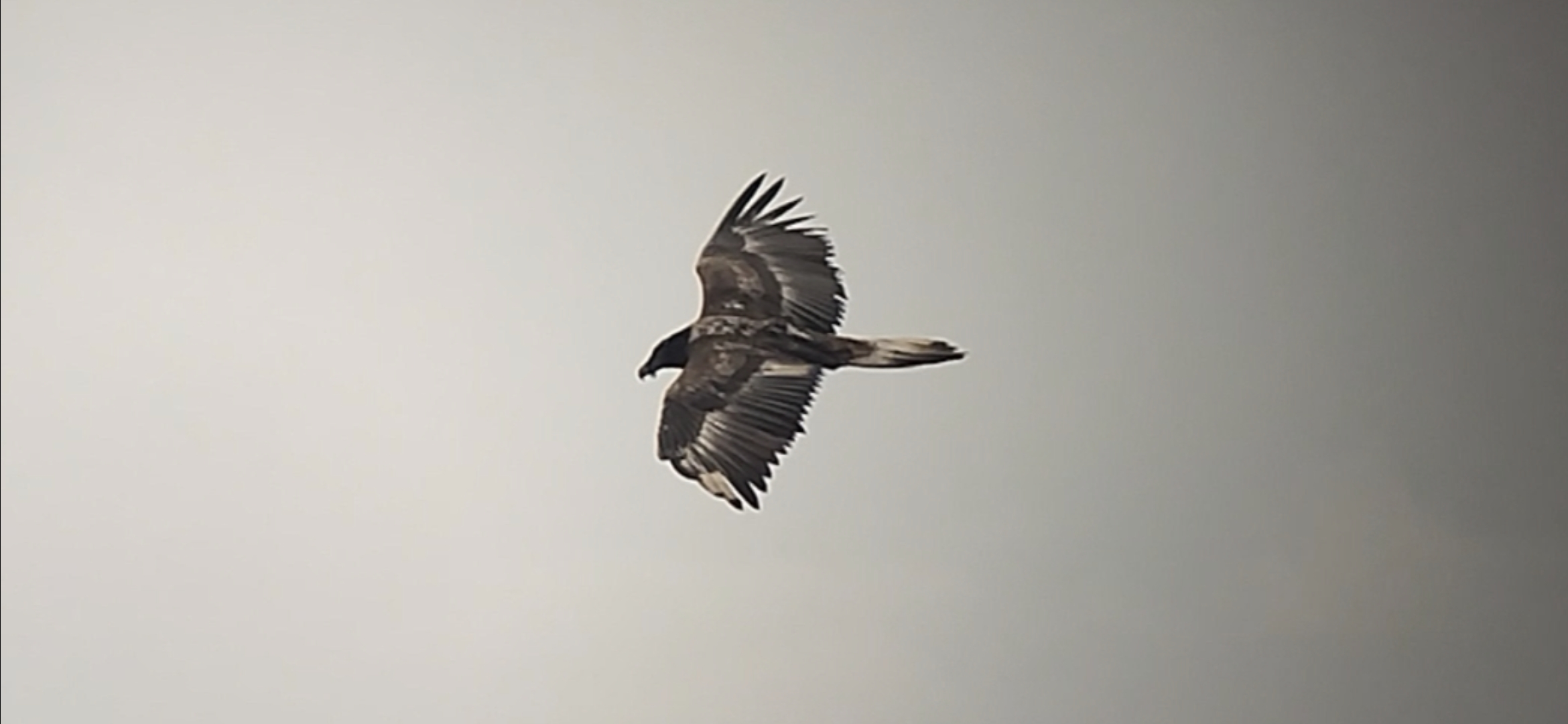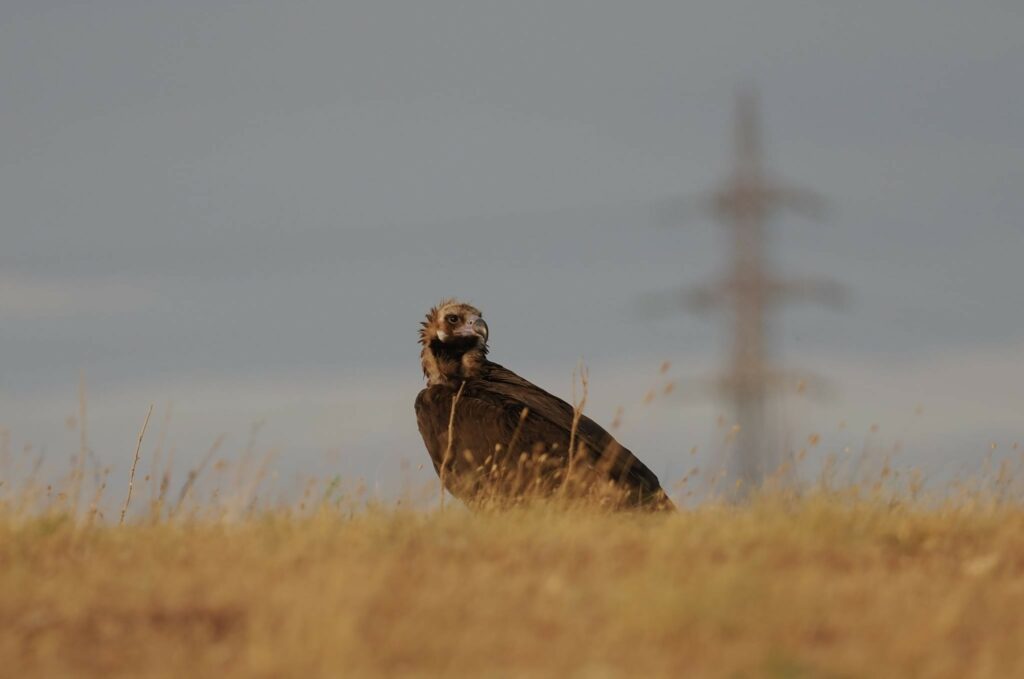
The LIFE EuroSAP project (Life14 pre/uk/000002), coordinated by BirdLife, was an ambitious collaboration that spanned 65 countries and involved more than 500 experts, scientists, and conservation practitioners that aimed to change the fate of 16 threatened bird species including the bearded and cinereous vultures. With the project drawing to a close the project team have published a final report outlining the work done.

Birds on the brink
The LIFE EuroSAP project looked at 16 different European species from the Turtle-dove to Dalmatian pelican to oystercatcher and curlew and of course the bearded and cinereous vultures. All the birds that were part of the project funded by the European Union’s LIFE programme, AEWA (African-Eurasian Migratory Waterbird Agreement) and the MAVA Foundation, figure on the IUCN’s Global Red List of Threatened Species. All desperately require concerted conservation action to prevent them from spiraling closer towards extinction.
The project aimed to determine science-based conservation solutions for these 16 species through the development and/or updating of eight targeted European and/or International Species Action Plans (SAPs) and one Multi-Species Action Plan (MSAP), the latter combining the common needs of eight wet grassland breeding waders.
Species Action Plans
Species Action Plans consider the status, ecology and threats of bird species to list key actions required to improve their conservation status in Europe. SAPs are vital conservation tools that can help the EU and national governments comply with nature conservation legislation and meet international biodiversity targets. In the past, SAPs were quite often poorly implemented or had become woefully outdated.

For the bearded and cinereous vultures the last SAPs were dated from 1997 and 1996. As part of the LIFE EuroSAP we here at the Vulture Conservation Foundation have been coordinating the revision of the SAPs for these two species. As part of this effort we gathered the most up-to-date information about their ecology and the threats confronting them. This work has included taking into consideration the massive change in populations dynamics as a result of the success of reintroduction projects that have taken place since the late 1990s. After three years of work, the working groups we coordinated have identified definitive actions that must happen within the next ten years (or sooner) to save these species.
Had no actions been undertaken in the past, these vulture species would have vanished from Europe a long time ago. With these new SAP we hope they can continue to thrive in the European mountains.
Species Action Plans Bearded Vulture SAP Bearded_Vulture_SAP_Final_Version.pdf Adobe Acrobat Document 1.8 MB Download Cinereous Vulture SAP Cinereous_Vulture_SAP_Final_Version.pdf Adobe Acrobat Document 3.4 MB Download
Nine of the SAPs produced as part of LIFE EuroSAP have been approved by the European Commission including the two we coordinated for bearded and cinereous vultures.
Common threats
The collaborative effort of the organisations involved pointed to a common set of threats facing Europe’s birds, despite significant differences in their ecologies and habitats, including, the unsustainable farming, fishing and hunting, invasions of harmful alien species, persistent gaps in scientific knowledge, and weak implementation of existing nature laws, leading to illegal killing of birds and habitat destruction.
In the case of vultures, the bearded vulture is confronted with several threats –the most important being illegal poisoning of wildlife, lead poisoning from hunting ammunition, and collisions with human infrastructure or food shortages prompted by changes in livestock farming. The cinereous vulture is mostly threatened with food shortages, habitat destruction, disturbance and persecution, along with accidental poisoning, electrocution and collisions in energy infrastructure
Recommended actions to save vultures

The SAPs now updated ask for farmers to be able to leave their livestock carcasses out in their fields (as was done historically) as a food source for scavengers. They should also choose not to treat their livestock with the anti-inflammatory drug Diclofenac, which is highly toxic for vultures. Hunting with lead ammunition should be phased out, while energy and ski infrastructure should be marked to mitigate collision risk. Governments and stakeholders should also work to eradicate the illegal poisoning of wildlife.
Species Action Plan Tracking Tool
As well as publication of up to date SAPs the project also created a new online tool to streamline SAP administration, monitoring and communication – the SAP Tracking Tool. Via this collaborative platform, users can easily track conservation progress country-by-country or get involved themselves by providing relevant data on any of the species.
We here at the Vulture Conservation Foundation agree with our partners in the LIFE EuroSAP that the creation of these Species Action Plans is not the end of this project but the beginning of the work to restore the bearded and cinereous vultures to their former range.
LIFE EuroSAP layman’s report Published by BirdLife LIFE EuroSAP: Coordinated efforts for international species recovery (Life14 pre/uk/000002) life_eurosap_laymans_report.pdf Adobe Acrobat Document 11.4 MB Download




